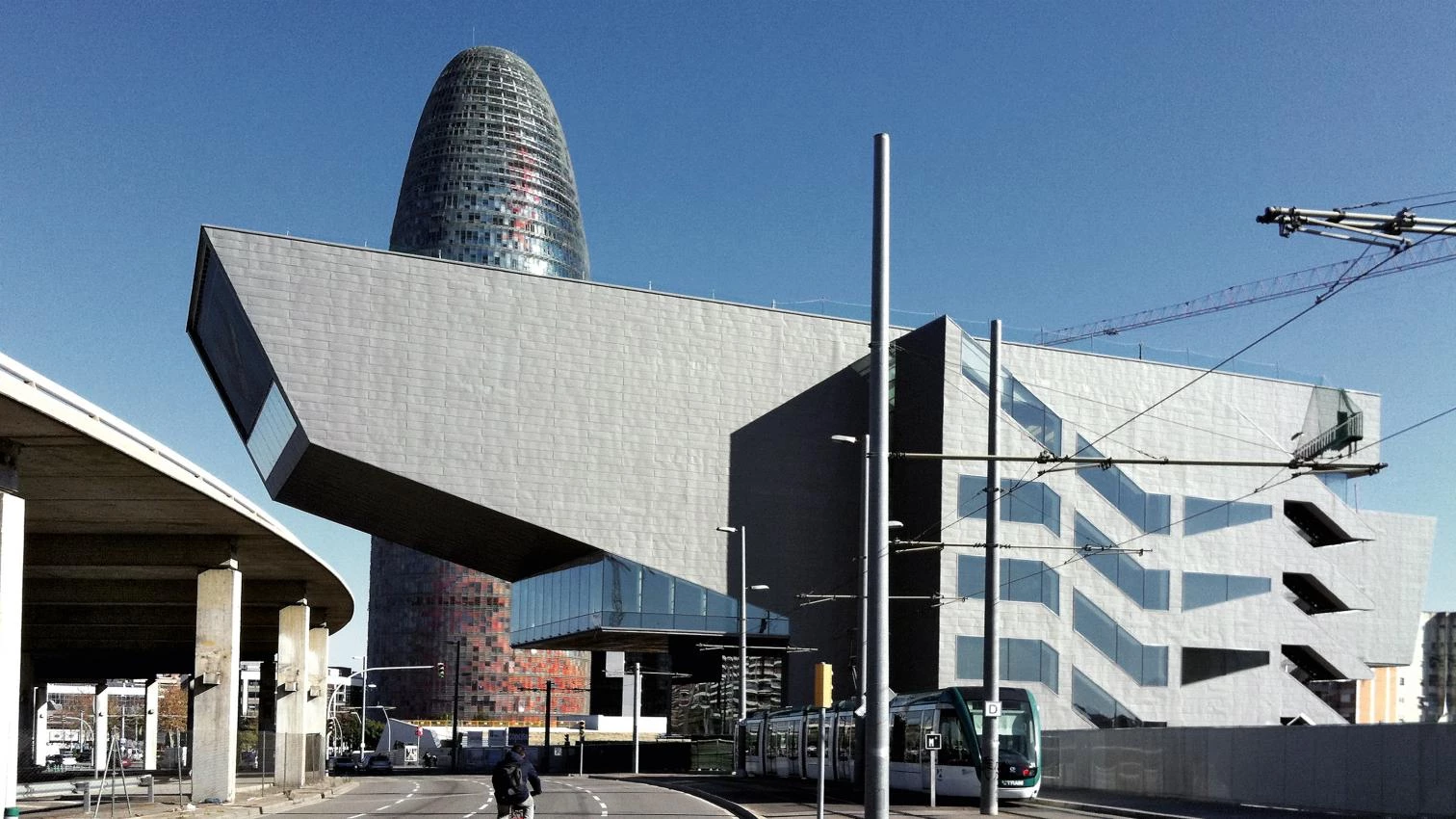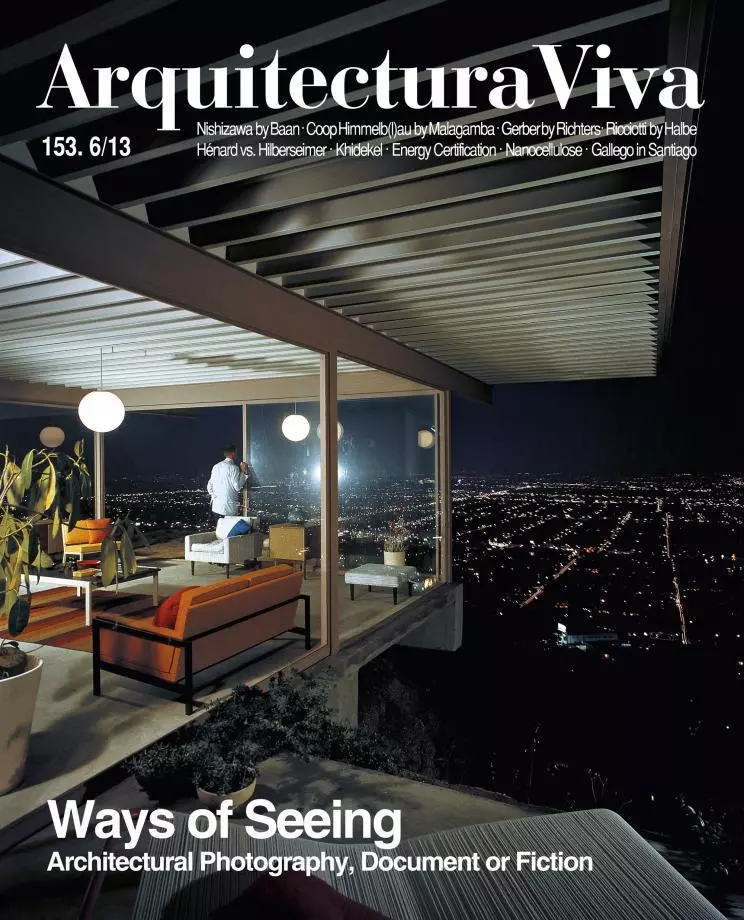
Designed by Apple in California. Assembled in China.” The underside of the laptop computer I am using to write this displays those very words alongside the model name, serial number, and safety norm compliance symbols. Funny, because until not too long ago a product usually only stated where it was made. But now it is evidently just as important – if not more important – to say where a product was designed. Could this be because the list of countries that still actually manufacture things has shrunk to a mere handful, necessitating other criteria for distinguishing one product from another? Does this mean that design is increasingly the basis upon which goods and services compete in the global economy, confirming once and for all the supremacy of form over content? Curiously, my laptop does not say which country it was designed in, but which state: California, no less. Now why would that be? What might the difference be had it been designed instead in, say, Massachusetts? Perhaps this information is intended for no other reason than to induce some California Dreamin’ and good vibrations. Californication über alles.
One difference between architecture and design, I learned in school, is that the former is contextual and site-specific, while the latter is industrial and place-less. But this is not so. While the same Apple product can be found all over the world, the brand’s identity is much associated with a specific culture. Indeed, global brand-names increasingly include place-names, exploiting the cachet that places, themselves often carefully branded, are able to confer. Think ‘Custo Barcelona’ or ‘DKNY’.
Barcelona’s new Disseny Hub, as its name suggests, is a building whose program is none other than to assert the centrality of the Catalan capital within the contemporary design world. But curiously the Disseny Hub is not a designer-object-building, like some others nearby, but a piece of urban infrastructure designed to contain a variety of programmatic activities (design museum, the FAD design institution, a local library) and mediate between different neighborhoods, topographies and transportation corridors, most notoriously an elevated viaduct. MBM’s DHUB building comprises two main elements, one on top of the other: a large, semi-buried longitudinal volume containing offices and a vast exhibition hall, and a taller sculptural element with smaller gallery spaces and an auditorium. Reminiscent of Melnikov’s Rusakov Club in Moscow, the auditorium volume is cantilevered over the viaduct, invading public space. What locals call the grapadora (stapler) is a sculptural element, effectively a hood ornament for the much larger and more discreet volume below. The exaggerated cantilever was originally intended to enable a gigantic LED screen on its end-facade to be seen from the viaduct. But in the meantime the viaduct has been scheduled for demolition, an action which would eliminate the entire raison d’être of the cantilever. It seems that if a computer can exude regional vibes, architecture too can have its site-specificity taken away from it.





